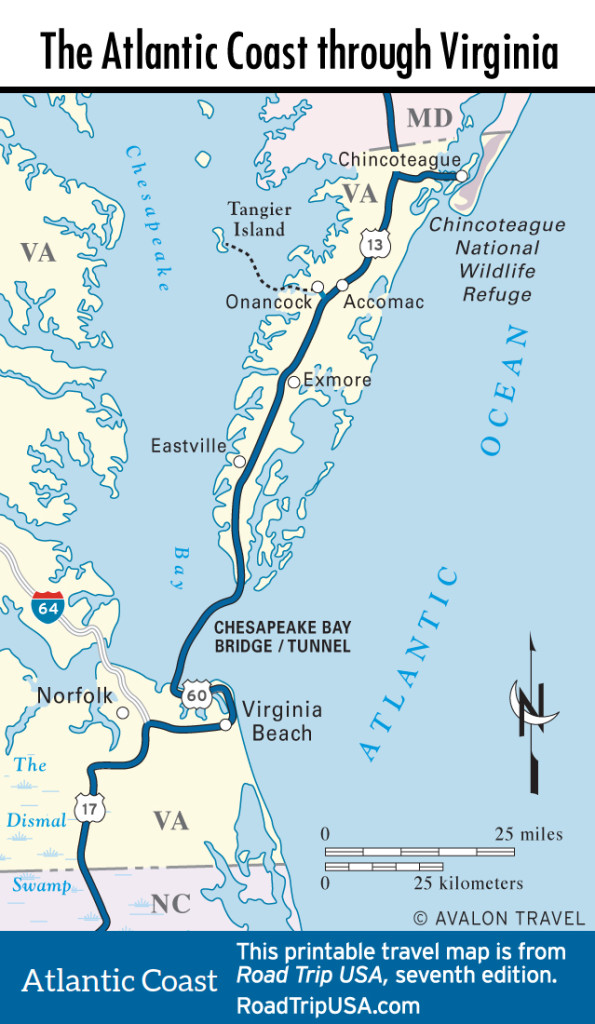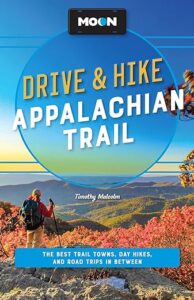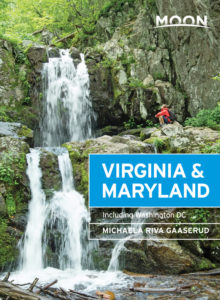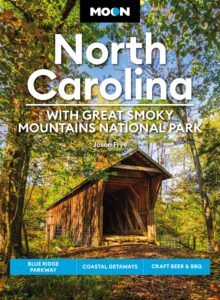Virginia
Virginia’s Eastern Shore is among the most isolated regions of the country, and its dozens of small towns and villages remain much as they have for centuries. Everything on the Eastern Shore is on a much smaller scale than on the mainland, and the many stands selling fresh corn and tomatoes along the roadside attest to the important role farming plays in the local economy. Although fast-food places, chicken-processing plants, and a couple of modern malls dot US-13, the main route through Virginia’s Eastern Shore, the area is still mostly rural and undeveloped, with business loops turning off through the many well-preserved old towns. The numerous historic sites include colonial-era plantations and archaeological remnants of Native American communities.
The highlight for most visitors is Chincoteague, a small commercial and sportfishing port sitting at the entrance to massive Chincoteague National Wildlife Refuge, which faces the Atlantic Coast and offers the only ocean beaches in this part of the state. South of Chincoteague, US-13 runs down the center of the narrow Eastern Shore peninsula, giving access to the Chesapeake Bay waterfront at Accomac, then passing through numerous small towns like Onancock and Eastville, neither of which has changed much since Revolutionary times.
Crossing the mouth of the Chesapeake Bay via a bridge nearly 18 mi (29 km) long and a tunnel brings you to maritime Norfolk and the state’s main Atlantic resort, Virginia Beach, before the route turns inland and south into North Carolina.
Related Travel Map

















